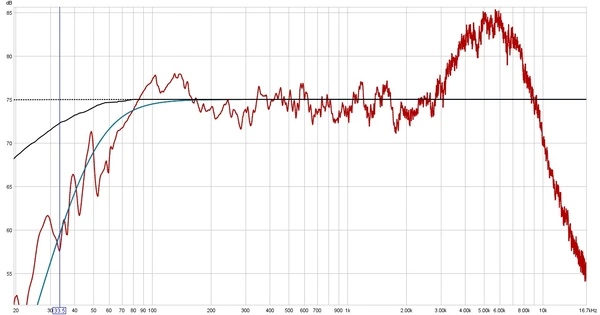The term “frequency response” describes how a system behaves as a function of frequency, such as an audio device, communication channel, or electronic circuit. It explains the system’s reaction to signals with varying frequencies. Frequency response is widely used in electronics, signal processing, audio engineering, telecommunications, and control systems, among other fields, and is considered a fundamental concept.
A frequency response curve is a graphic representation of a system’s frequency response. This graph depicts how the amplitude and phase of a signal change over time and frequency. The frequency response of a system in signal processing and electronics is the quantitative measure of the magnitude and phase of the output as a function of input frequency. The frequency response is widely used in the design and analysis of systems such as audio and control systems, where it simplifies mathematical analysis by converting governing differential equations into algebraic equations.
It can be used to reduce audible distortion in an audio system by designing components (such as microphones, amplifiers, and loudspeakers) so that the overall response is as flat (uniform) as possible across the system’s bandwidth. It may be used to assess system stability in control systems, such as a vehicle’s cruise control, using Bode plots. Analog and digital filters can be used to design systems with a specific frequency response.
The key elements of frequency response include:
- Amplitude Response: This indicates how the magnitude (or amplitude) of the output signal varies with different input frequencies. The amplitude response is often plotted on a logarithmic scale.
- Phase Response: This represents the phase shift introduced by the system at different frequencies. Phase response is important, especially in applications where the timing or synchronization of signals is critical.
- Bandwidth: The bandwidth of a system is the range of frequencies over which it can effectively operate. In the context of audio equipment, for example, the bandwidth may specify the range of audible frequencies.
- Cutoff Frequency: The cutoff frequency in systems with filters (e.g., low-pass or high-pass filters) is the frequency at which the response begins to attenuate.
- Resonance: Some systems exhibit resonance at specific frequencies, with a particularly strong response.
Frequency response is an important consideration in system design and analysis, particularly in applications where signal transmission or processing fidelity and accuracy are critical. Engineers frequently use tools like Bode plots to visualize and analyze a system’s frequency response.
















